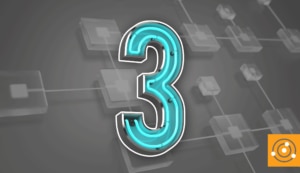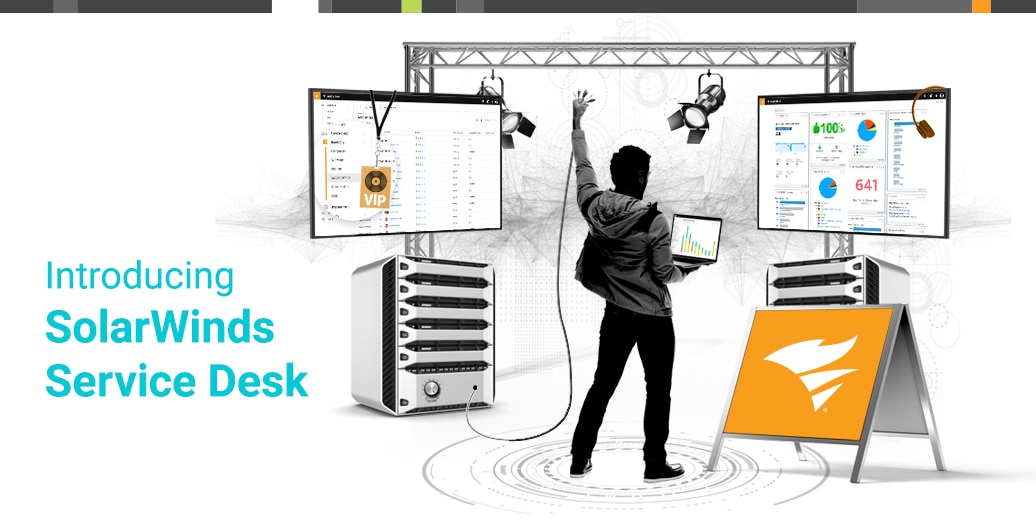IT service management (ITSM) has evolved into a much broader discipline than just delivering IT services to the business. It’s grown beyond the IT department and become an integral part of how every employee in almost every business unit performs and completes tasks. In a recent
webcast, SolarWinds Sr. Solutions Engineer Liz Beavers, ITSM experts
Valence Howden and
Julie Mohr, and HDI’s Group Principal Analyst
Roy Atkinson paint a picture of what can be expected for the future of ITSM.
Has ITSM graduated to something broader than what it originally was?
Almost every industry became more reliant on technology in March when many employees were forced to
work from home. Services were in high demand, not just in IT departments, but for almost all
business units. HR ramped up training on how to work from home, finance had to reevaluate how funds were distributed to fulfill employees’ needs, and legal’s dependency on technology increased in order to meet contract deadlines.
What new frameworks or methodologies are on the horizon?
Digital transformation has been a topic of discussion for quite some time. Businesses have been preparing and adjusting how they use technology, but truthfully, the transformation is already here. ITSM isn’t an “emerging field”, it’s been present as long as there has been technology to manage, but the methods through which today’s organizations can deliver service are evolving.
“Organizations need to be focused on bringing in technologies that drive artificial intelligence and strong methodologies around knowledge management to focus on improving the customer experience,” said Julie. “Leveraging AI to analyze what we’re doing in operations, we can focus our efforts on doing the things that help to innovate, propel, and drive us in new directions.”
ITIL 4 has even addressed some of the changes expected with the digital transformation.
“Some of the motions that were made in ITIL 4, are becoming evident now,” said Liz. “
[ITIL] principles like ‘Focus on Value’ and ‘Thinking and Working Holistically’ will help incite further collaboration across different service providers that are working towards the same initiatives.”
How will DevOps and ITSM fit together?
Although these two disciplines have different focuses, there’s an opportunity to join them together. While DevOps focuses on software delivery lifecycle, and ITSM has a broad focus on customer engagement and service delivery, it’s a matter of “Starting Where You Are.”
“So much of it is pairing those processes with your automations,” Liz said. “What can you do to automate the two together so you have a united front both from broad service objectives paired with what you’re doing from software delivery?”
“DevOps seems to be driven out of that product development mindset and service management is seen as coming from the infrastructure and operations side, but they’re aiming at the same thing,” said Valence. “They’re way more integrated than people think and the separation isn’t about the approaches, but in the mindset of the practitioners.”
A few great ways to break down
silos between DevOps and ITSM is by challenging company traditions, eliminating structures that conflict with company workflows, and encouraging collaboration across teams.
What are some things organizations can do better in terms of self-service?
For many customers,
self-service is the first choice for a simple issue. For companies that have a service desk, self-service benefits service technicians by reducing the amount of tickets in their queue and the customer by allowing them to solve their own issues without having to wait for assistance. Encouraging user adoption of self-service can be challenging, but the first step is to understand what they need.
“The disconnect tends to happen when the business never actually finds out why the customer values what they’re asking for, so when the solution is generated, it doesn’t necessarily meet their needs,” explained Valence.
It’s also important to keep your audience in mind. “IT-speak” might be a foreign language to some end users, so structure your resources in a way that makes sense to them.
“The question isn’t if end users can use self-service, because they absolutely can,” said Julie. “The problem is the way we launch self-service. The title [of a self-help article] may say ‘network connectivity’ when the user is actually saying the internet is down. Those two don’t equate in the end user’s mind. It boils down to culture and understanding that creating knowledge is to embetter our customers and ourselves. If we write it in a way that our end users can use it, we’ll be much more successful.”
Just this year alone, some IT experts may say ITSM has influenced industries the most. Think about the education and healthcare industries. Teachers have completely transformed in-person lessons to video and teleconferencing calls. Doctor visits are now virtual and may only require patients to come in if absolutely necessary. All in all, the way in which we interact with people has changed. And because there’s such a huge focus on this pivot, it’s imperative that organizations equip themselves with technology with AI capabilities, incorporate frameworks like ITIL, and thoroughly research and implement what consumers are asking for.







